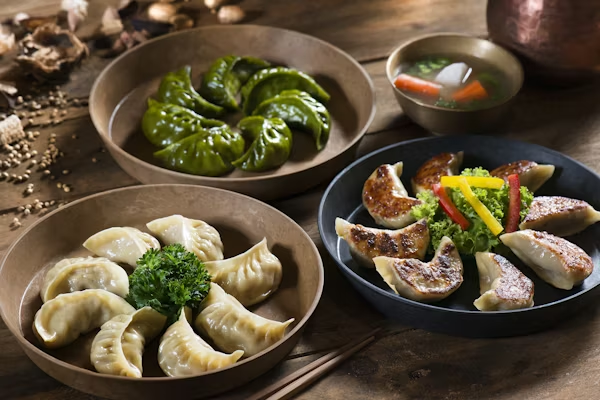Nepal is a magnificent destination: a landlocked realm nestled in the Himalayas that attracts millions of tourists every year. From majestic summits like Mount Everest to mellow lakes like Pokhara, this pleasing nation promises travel enjoyment for every kind of traveler. When planning a trip, one vital factor to consider is how to manage your finances. Although currency exchange is fairly simple in major cities, you will find that it could prove a bit more challenging in more secluded areas, and knowing which currencies are accepted will help ensure a smooth experience during your travels. A complete guide on the currencies used in Nepal will include some official and widely accepted currencies vis-a-vis in Nepal, all to assist you in navigating your trip better.
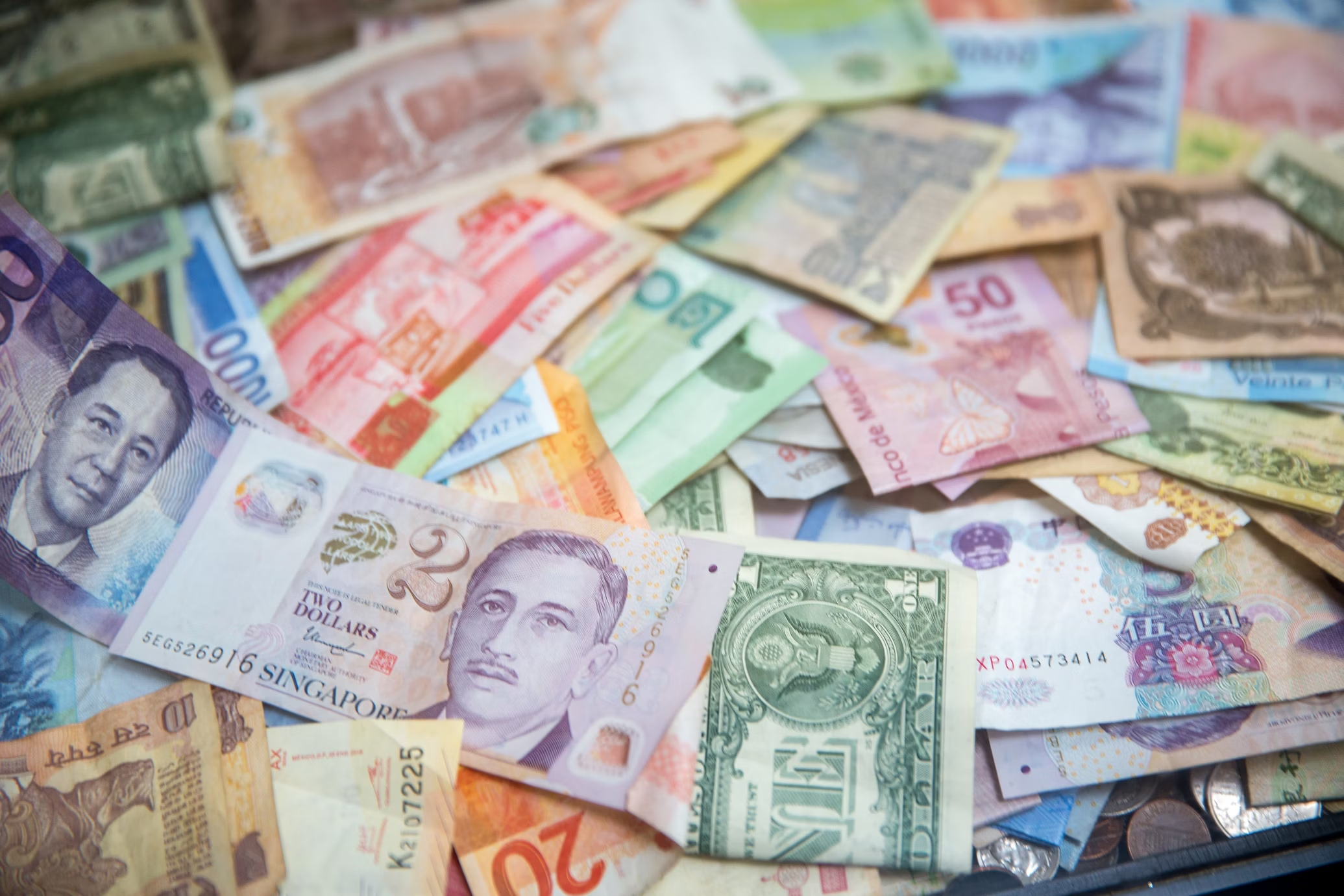
1. Nepalese Rupee (NPR) – The Official Currency
The Nepalese Rupee (NPR) is the official and principal currency of Nepal. It is the currency that will be most commonly used by the visitor in paying for food, services, and accommodation. The Nepalese Rupee comes into circulation in both coins and notes in denominations of 1, 2, 5, and 10 rupees in coins and 5, 10, 20, 50, 100, 500, and 1000 notes. The value of the Nepalese Rupee is fairly stable, pegging it to the Indian Rupee at an exchange rate of 1 INR = 1.6 NPR for easy calculation for tourists from India. The trades mostly take place in NPRs, but it is always good to carry enough local currency, especially when visiting rural areas where there are no options to get currency exchanged.
Use of the Nepalese Rupee is essential in daily transactions, where you’ll find ATMs mostly in Kathmandu and Pokhara, giving out NPR. Within tourist spots, many booths are set up to exchange foreign currencies to NPR at a competitive rate. Changing money at the airport or in hotels is not advisable since it is highly unlikely that rates will be favorable. Given the trekking and adventure-fueled tourism in Nepal, the economy greatly relies on tourism, and most businesses from street food sellers to luxury hotels expect payments in Nepalese Rupees. Always have some small denominations of NPR, as large notes are often refused for payment in taxis, some small shops, and tips.
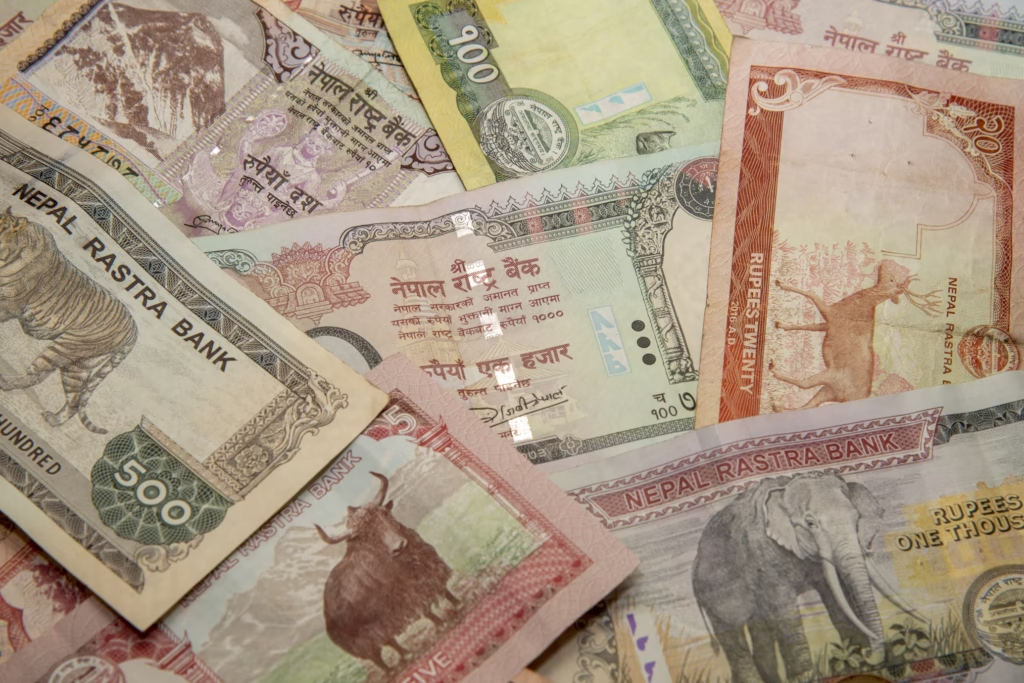
Always keep an eye on exchange rates and make sure you are using a licensed exchange service for transactions. With respect to converting foreign currency to Nepalese Rupee, banks, official exchange counters, and some hotels are the safest options to use. If you run out of NPR or need to withdraw some cash, you’ll be able to do so in the cities and other tourist destinations with most major credit and debit cards. Just be aware that rural areas may not provide many ATMs, so take enough local currency just in case you go off the beaten path.
2. Indian Rupee (INR) – Widely Accepted in Nepal
The Indian Rupee (INR) is another currency that is generally accepted on various degrees throughout Nepal, especially in border areas and tourist places. Since Nepal shares geographical nearness with India, many localities, businesses, and vendors are familiar with INR; therefore, in some parts of the country, it is in common use. The more-fixed way of calculating expenditures by Indian travelers, INR is pegged at an exchange rate of 1 INR = 1.6 NPR. Most hotels, shops, and even taxis in places like Kathmandu, Pokhara, and along the Indian-Nepal border do accept INR, though smaller denominations should always be preferred for hassle-free dealings.
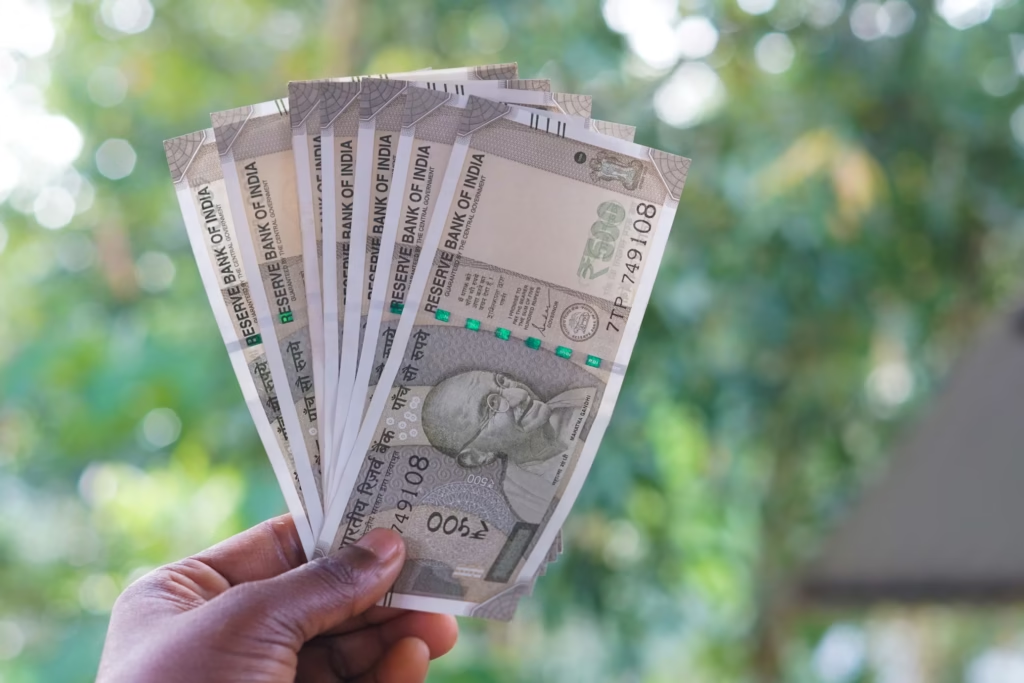
That being said, there are certain points to bear in mind while using INR in Nepal. Higher denominations of INR notes like Rs. 500 and Rs. 1000 are hardly accepted by establishments in Nepal from the time the government had prohibited usage of these high denominations holding the main concern against counterfeit. Thus bluntly, many prefer dealing with lesser notes only. Should you consider exchanging INR for Nepalese Rupees, exchange counters and banks are better alternatives, where a fixed conversion rate exists, and you will also receive NPR in exchange for your trade in.
Yes, there are tourist centers that are accepting INR. However, rural and circumjacent areas do not accept it so easily. Therefore, if you plan on traveling to off-the-beaten-track areas, get cash for your expenses in NPR. Conversely, you will find that INR is really good for all but some very remote places, thus being really easy for Indian travelers who want to give currency exchange a miss. Just ensure that you have both currencies for your journey, especially in case you go out of major cities.
3. US Dollar (USD) – Commonly Accepted in Tourist Areas
Another foreign currency rather frequently accepted in Nepal is the US dollar, especially in more touristy regions like Kathmandu, Pokhara, and the Annapurna Circuit. All businesses catering to foreign tourists, including hotels, travel agencies, and restaurants, will gladly take payment in USD. The good thing about USD is that it is a widely accepted world currency, and many businesses expect their foreign tourists may wish to settle in dollars. As a matter of fact, some shops and agencies even display their prices in USD for the convenience of international visitors.
Although many places accept USD, it is not the most favorable currency for payments, as the rate is probably not the best one compared to exchanging directly to NPR. For better rates, you should always exchange your USD for Nepalese rupees at a bank or an official exchange counter. In addition, even though one will be able to pay for souvenirs in bulky dollars in many tourist districts, this currency is not commonly accepted in rural or local settings. For transportation or street food and other smaller purchases, it is practically certain that you will need Nepalese rupees, so keep at least some local currency handy, even if you end up paying larger things in USD.
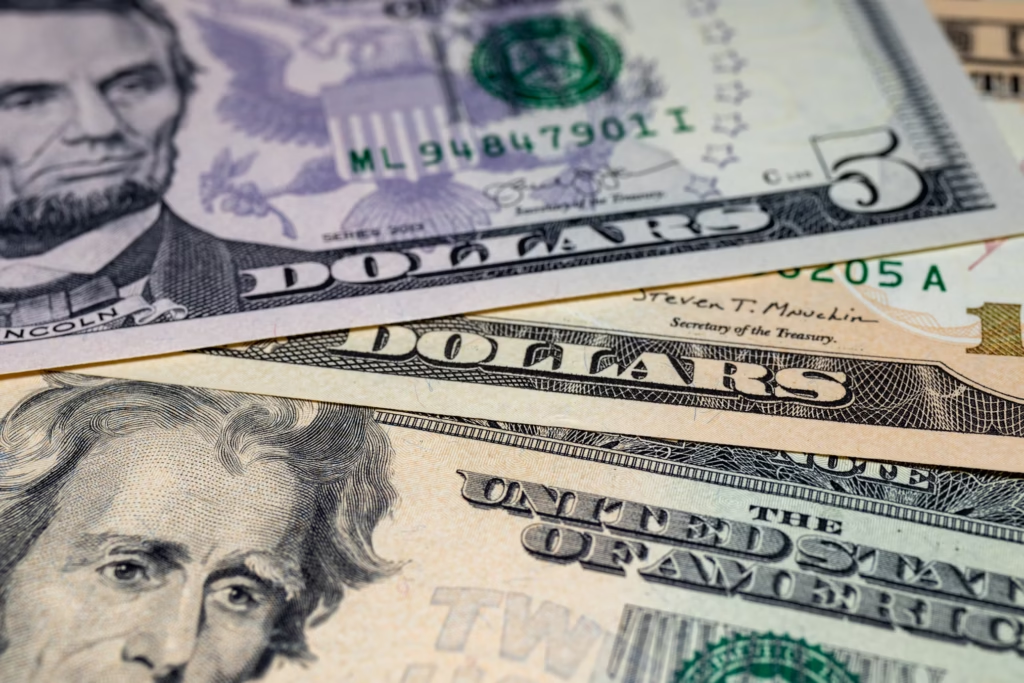
Among the smaller denominations, the $10 and $20 notes are the ones that will be accepted more than larger bills such as USD 100. Most exchange booths in tourist areas will pay good rates in exchanging USD for NPR, although the local bank may have slightly better rates. Certain businesses may accept USD, but the vast majority of Nepalese establishments prefer local currency, so be prepared for a mixed bag of payments during your travels.
4. Euro (EUR) – Less Common but Still Accepted
The Euro (EUR) can be accepted in some of Nepal’s high-end tourist establishments, but it is not as generally accepted as the Indian Rupee and US Dollar. While you will find that international hotels, travel agencies, and a few high-end restaurants in cities such as Kathmandu, Pokhara, and Chitwan will accept Euros, many smaller shops will not. For some European travelers, this may be a convenient option-but then again, the exchange rate may also not be as favorable as exchanging Euros for NPR directly. In touristy areas, exchanging Euros for the local Nepalese Rupees at money changers or banks becomes easier.
An important point to be noted about Euro usage in Nepal is to bring small bills, as large denominations may forge resistance or may be scrutinized by the cashiers. Although some businesses may display prices in Euro, they will usually allow you to pay in our favorite NPR at the time of actual payment. Mostly, it makes more sense to convert Euros to Nepalese Rupees before arriving or upon arrival, as that would guarantee you a better exchange rate. In any case, whenever you have to pay in Euro, make a point of checking the conversion rates properly to avoid any conflicts.
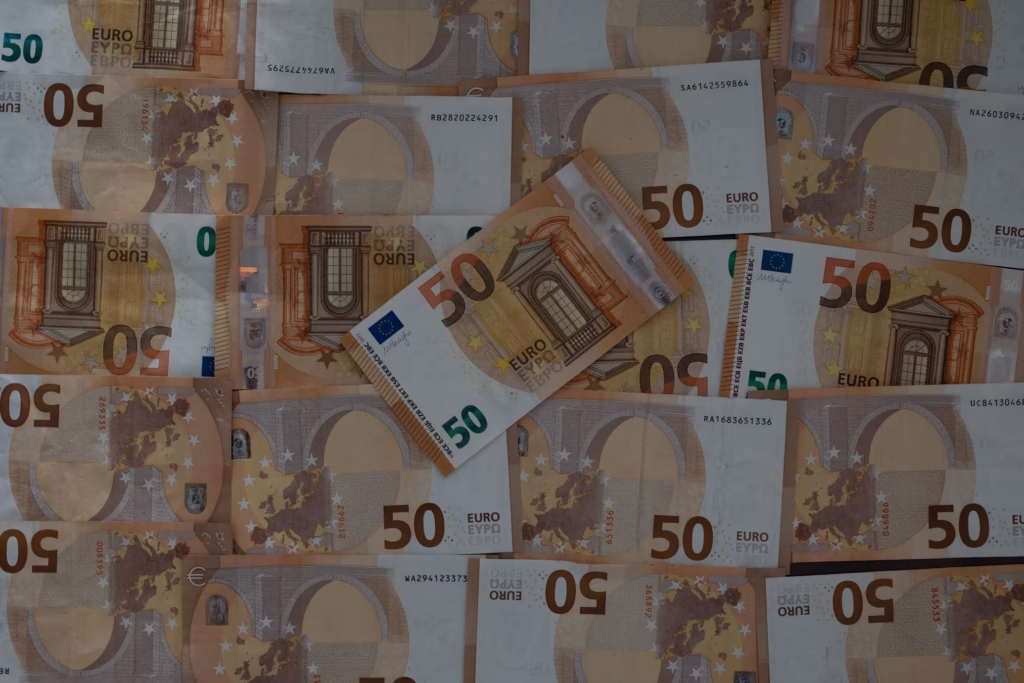
If you’re planning a longer stay in Nepal or are considering traveling beyond the main tourist areas, you should wisely stick with NPR or USD. The Euro might prove useful in certain areas, but it is way less accepted than the others. Generally, for everyday situations, Nepalese Rupee would be the way to go unless one is in more touristy areas!
| Currency | Unit | Buying Rate (NPR) | Selling Rate (NPR) |
| Indian Rupee (INR) | 100 INR | 160.00 | 160.15 |
| U.S Dollar (USD) | 1 USD | 138.84 | 139.44 |
| Euro (EUR) | 1 EUR | 148.29 | 148.93 |
Conclusion
You must know that while traveling to Nepal, the country adopts the official Nepalese Rupee, the Indian Rupee widely used across the subcontinent, and currencies recognized the world over, such as the US Dollar and Euro. While most of the dealings are mainly done in Nepalese Rupee, Indian Rupees are often accepted in bordering areas and tourist spots, thus providing convenience to Indian travelers. The US Dollar is widely accepted in touristy areas, while the Euro is accepted albeit rarely in a few selected establishments. One should always keep a mix of both local and international currencies so that making payments becomes easy during the trip.
